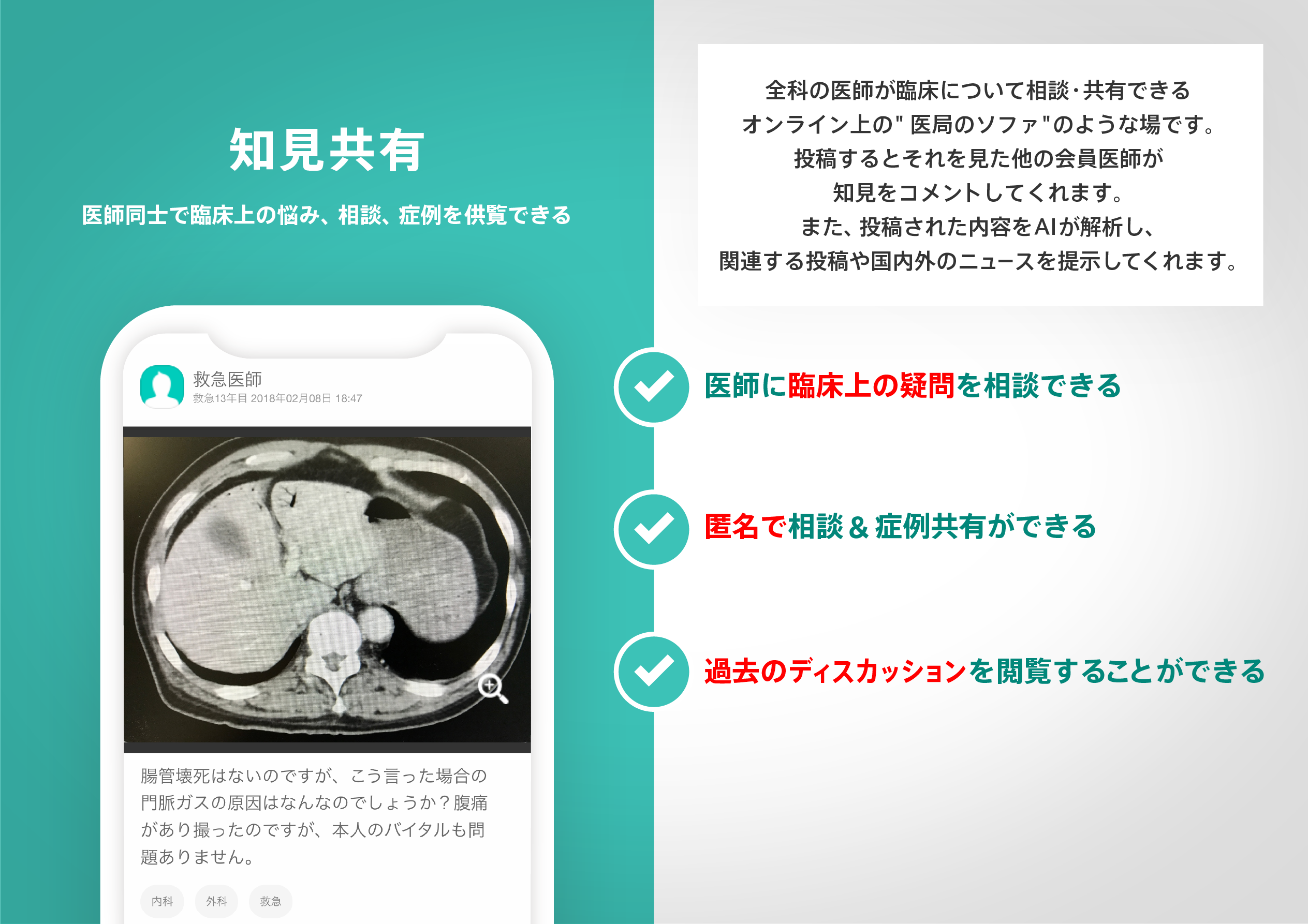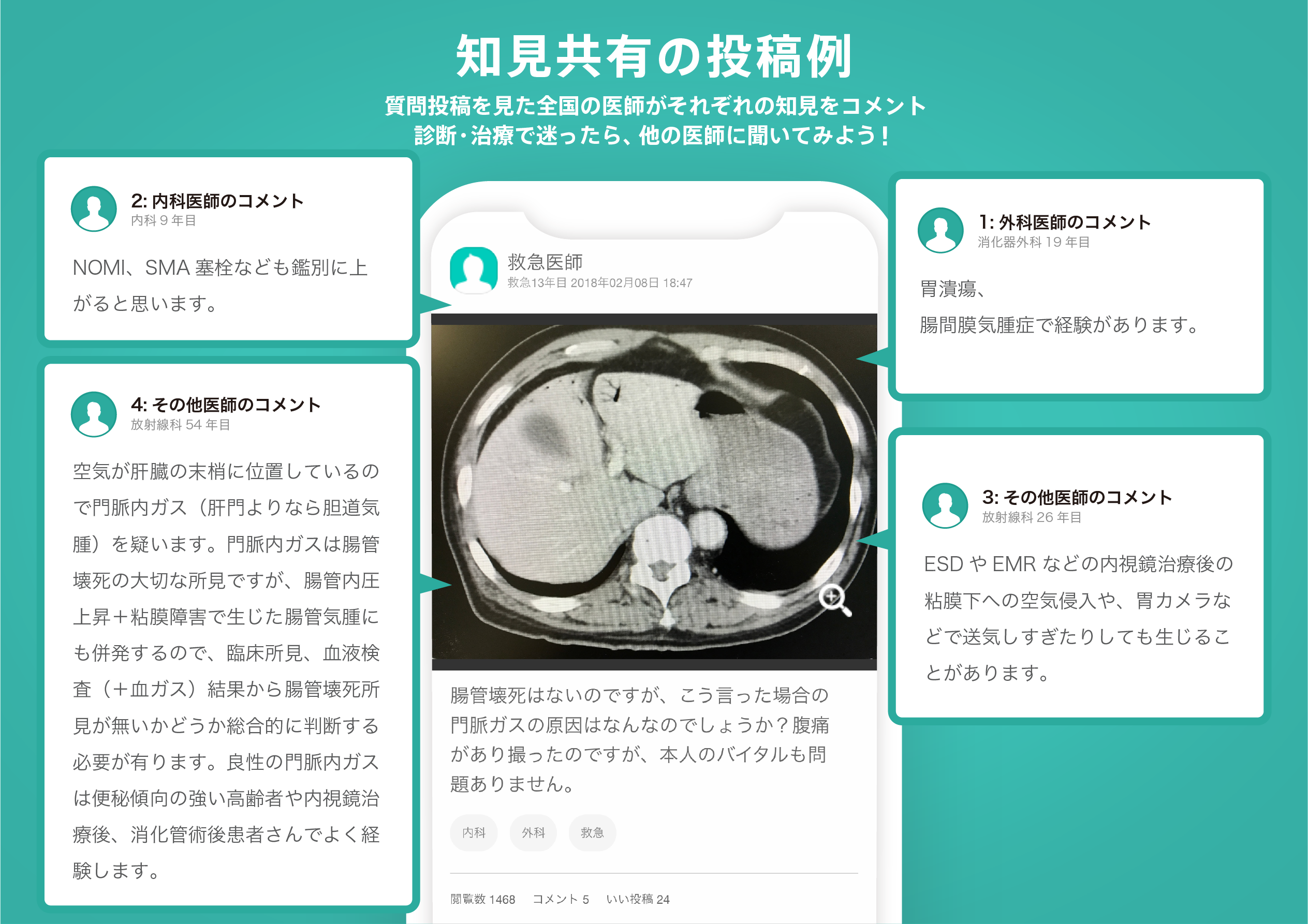著名医師による解説が無料で読めます
すると翻訳の精度が向上します
β-アレスチンは、Gタンパク質共役受容体(GPCR)でのシグナル伝達に重要なタンパク質の小さなファミリーです。β-アレスチンは、GPCRの脱感作に関与しています。最近、Gタンパク質とβ-アレスチン依存性シグナルを1つのGPCRの下流と活性化する際に異なる効率を有するバイアスリガンドが出現しました。副作用を避けるために、同じGPCRの望ましくない信号が抑制されます。本研究では、β2-アドレナリン受容体アゴニストの創薬プロジェクトに沿って開発された化合物のアゴニストバイアスを評価しました。フェノテロール、2-アミノ-1-フェニルエタノール、2-アミノ-2-フェニルエタノールの誘導体を含む約150の化合物を取得または合成し、最初にβ-アドレナリン受容体媒介性のβ-アドレナリン媒介性媒介活性についてスクリーニングしました。または心筋細胞収縮性アッセイ。HTRF CAMPアッセイとパスハンターβ-アレスチンアッセイの両方を使用して、19の生物活性化合物をさらに評価しました。cAMP合成を刺激する際の濃度応答データとβ-アレスチンの動員は、リガンドバイアス定量のために黒レフの動作モデルに適用されました。その結果、5-(1-アミノ-2-ヒドロキシエチル)-8-ヒドロキシキノリン-2(1H)-1のコア構造を持つ3つの化合物(L-2、L-4、およびL-12)-1は、サルメテロールはGSバイアスであることがわかったのに対し、β-アレスチンに偏ったβ2-アドレナリン受容体アゴニストの新しいシリーズ。これらの発見は、心不全と喘息の両方の治療のための新しい薬物の開発を促進します。
β-アレスチンは、Gタンパク質共役受容体(GPCR)でのシグナル伝達に重要なタンパク質の小さなファミリーです。β-アレスチンは、GPCRの脱感作に関与しています。最近、Gタンパク質とβ-アレスチン依存性シグナルを1つのGPCRの下流と活性化する際に異なる効率を有するバイアスリガンドが出現しました。副作用を避けるために、同じGPCRの望ましくない信号が抑制されます。本研究では、β2-アドレナリン受容体アゴニストの創薬プロジェクトに沿って開発された化合物のアゴニストバイアスを評価しました。フェノテロール、2-アミノ-1-フェニルエタノール、2-アミノ-2-フェニルエタノールの誘導体を含む約150の化合物を取得または合成し、最初にβ-アドレナリン受容体媒介性のβ-アドレナリン媒介性媒介活性についてスクリーニングしました。または心筋細胞収縮性アッセイ。HTRF CAMPアッセイとパスハンターβ-アレスチンアッセイの両方を使用して、19の生物活性化合物をさらに評価しました。cAMP合成を刺激する際の濃度応答データとβ-アレスチンの動員は、リガンドバイアス定量のために黒レフの動作モデルに適用されました。その結果、5-(1-アミノ-2-ヒドロキシエチル)-8-ヒドロキシキノリン-2(1H)-1のコア構造を持つ3つの化合物(L-2、L-4、およびL-12)-1は、サルメテロールはGSバイアスであることがわかったのに対し、β-アレスチンに偏ったβ2-アドレナリン受容体アゴニストの新しいシリーズ。これらの発見は、心不全と喘息の両方の治療のための新しい薬物の開発を促進します。
β-Arrestins are a small family of proteins important for signal transduction at G protein-coupled receptors (GPCRs). β-Arrestins are involved in the desensitization of GPCRs. Recently, biased ligands possessing different efficacies in activating the G protein- versus the β-arrestin-dependent signals downstream of a single GPCR have emerged, which can be used to selectively modulate GPCR signal transduction in such a way that desirable signals are enhanced to produce therapeutic effects while undesirable signals of the same GPCR are suppressed to avoid side effects. In the present study, we evaluated agonist bias for compounds developed along a drug discovery project of β2-adrenoceptor agonists. About 150 compounds, including derivatives of fenoterol, 2-amino-1-phenylethanol and 2-amino-2-phenylethanol, were obtained or synthesized, and initially screened for their β-adrenoceptor-mediated activities in the guinea pig tracheal smooth muscle relaxation assay or the cardiomyocyte contractility assay. Nineteen bioactive compounds were further assessed using both the HTRF cAMP assay and the PathHunter β-arrestin assay. Their concentration-response data in stimulating cAMP synthesis and β-arrestin recruitment were applied to the Black-Leff operational model for ligand bias quantitation. As a result, three compounds (L-2, L-4, and L-12) with the core structure of 5-(1-amino-2-hydroxyethyl)-8-hydroxyquinolin-2(1H)-one were identified as a new series of β-arrestin-biased β2-adrenoceptor agonists, whereas salmeterol was found to be Gs-biased. These findings would facilitate the development of novel drugs for the treatment of both heart failure and asthma.
医師のための臨床サポートサービス
ヒポクラ x マイナビのご紹介
無料会員登録していただくと、さらに便利で効率的な検索が可能になります。






